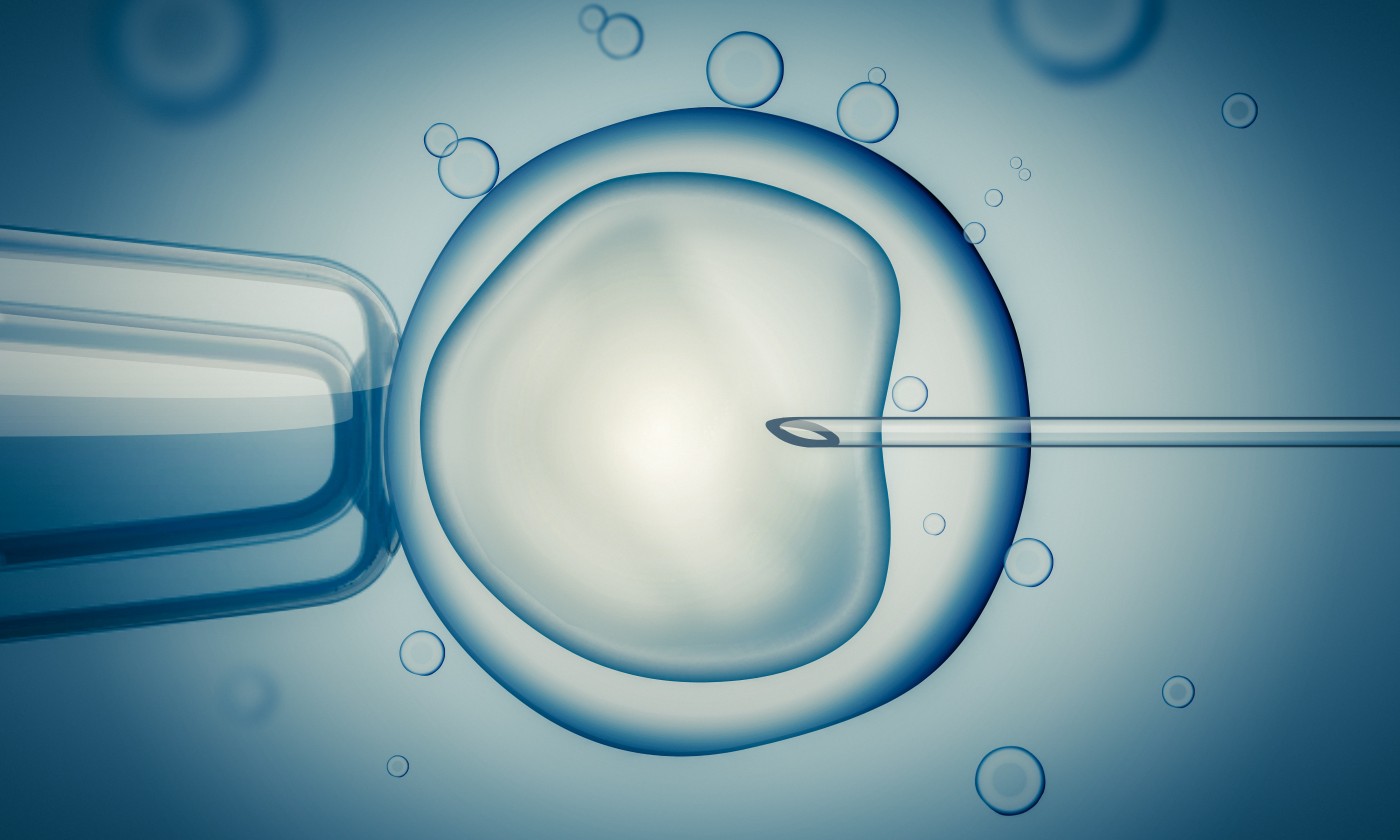Likely Approval of Mitochondrial Replacement Will Open Door for First Three-Parent Baby in UK

For women with mitochondrial disease living in the U.K., having a healthy baby is about to become a reality, as the Human Fertilization and Embryology Authority (HFEA) is expected to endorse recent recommendations from scientists to approve mitochondrial replacement therapy.
Meanwhile, the Guardian reports that scientists at Newcastle University, who pioneered the technique, are standing by with the first patients already enrolled, should the HFEA agree the technology is ready for human trials.
After reports that mitochondrial replacement can be considered a safe technique, U.K. law was changed to allow for the procedure. But the HFEA, which ultimately has the power to regulate the method, wanted more research before allowing trials.
According to a Nature article by Ewen Callaway, a HFEA-commissioned scientific review recommended Nov. 30 to give the therapy a green light for limited clinical trials to prevent the transmission of mitochondrial diseases to children at risk of inheritance.
The HFEA is expected to make a final decision Dec. 15, and if the treatment is approved they will review the application to use the method on a case-by-case basis, with the first licenses to use the method expected to be issued by April.
A lingering disease risk
The main issue remaining when it comes to safety is that the treatment cannot guarantee a child will be born without disease. During the procedure, a tiny fraction of the mutated mitochondria remains.
For reasons that are not clear to scientists yet, the remaining mutant mitochondria can gradually increase more in numbers than healthy ones as the embryo starts growing. Studies in lab dishes have shown that the diseased mitochondria can come back to numbers that were seen in the affected mother.
The technique has been refined to reduce the risk, and as the Guardian pointed out, several of the options currently present are not able to offer a lower risk of disease transmission. Today, women with mitochondrial disease who wish to have a genetically-related child can undergo pre-implantation genetic diagnosis.
The procedure involves a genetic analysis allowing physicians to choose embryos with the lowest numbers of mutated mitochondria to be used after in vitro fertilization (IVF). This method can only reduce the risk of disease, and for women unable to produce embryos with high numbers of healthy mitochondria, it is of modest help. The one option remaining is to take the risk of conceiving naturally.
But the risk of lingering disease-causing mitochondria after mitochondrial replacement may be about to become even lower than has previously been shown. In a timely Nature publication article, “Mitochondrial replacement in human oocytes carrying pathogenic mitochondrial DNA mutations,” researchers from the Oregon Health & Science University found a factor that can be used to predict the risk of mutant mitochondria increasing in numbers.
The study replaced mitochondria in egg-cells from women with mitochondrial disease. Although researchers reported that it removed more than 99% of the mutated mitochondria, in about 15% of the tested embryos, that small fraction had increased when cells from the embryos were grown in the lab.
But the team, suspecting that the increased growth of mutated mitochondria was related to how effective DNA was copied in a dividing mitochondrion, looked closer at the genes governing these processes.
The team found genetic variants that give mitochondria growth advantages, and could aid in predicting if mutated mitochondria would grow back. This suggests that a mitochondrial donor could be screened for these genetic variants to further reduce the risk of re-growth.
To match or not no match?
Screening donors would allow matching of donors and receivers to reduce the risk, according to senior author Shoukhrat Mitalipov and the rest of the Oregon team. But, according to the article by Callaway, not all researchers believe the idea of unequal growth is correct.
Mary Herbert, a reproductive biologist at Newcastle University, who lead earlier studies of mitochondrial replacement, is one of the unconvinced, stating that it also can turn out difficult to find matching donors.
Instead, she believes that it is more worthwhile to continue efforts to get the carry-over of mutant mitochondria even lower than it is today. Herbert’s team is actively working on such approaches.
The HFEA report stated that genetic matching should be considered “as a precautionary step in donor selection,” yet, it did not suggest any mandatory measures.
An urgent need for regulation
Although the U.K. will be the first country to formally approve the method, a three-parent baby has already been born after a U.S. team performed the replacement in Mexico last year where no regulations exist. Doctors also claim to have performed the procedure in Ukraine, but so far no data has been published.
As people are searching for ways to get a mitochondrial replacement in countries that lack regulation, the need for a U.K. approval gets more urgent, according to some researchers.
“Maybe it’s not the best choice, but they will go elsewhere, even if it means greater risk, less oversight and less expertise. I think we can’t blame them for that,” Dieter Egli, a stem-cell scientist at the New York Stem Cell Foundation who has studied mitochondrial replacement told Callaway.
In the U.S., the technique is so far nowhere near approval, as legislation prohibits the use of mitochondrial replacement.






